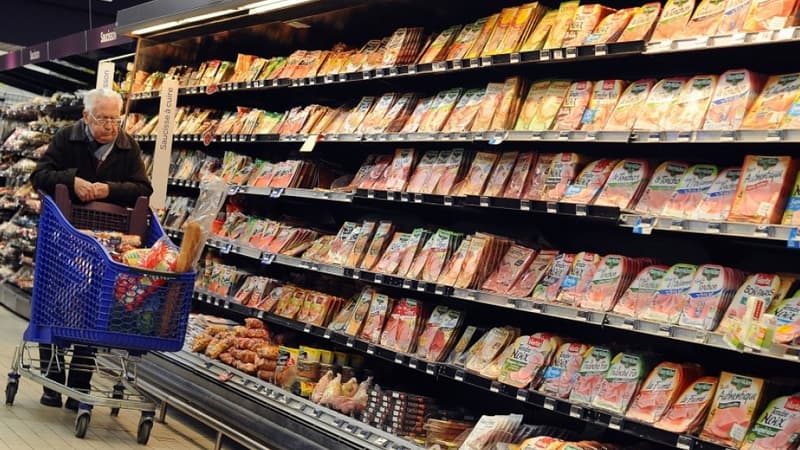The wave of inflation that began in the summer of 2021 has changed the consumption habits of many French people who seek to preserve their purchasing power. Focus on the products that are a hit and those that consumers are giving up on.
Overheated Puffer Jackets and Sweaters
Between the necessary sobriety beaten by the Government and the rise in energy prices, homes are preparing to lower the heating. “Despite an autumn that is not too cold at the moment, it plays with the sales of scarves, sweaters, textiles that allow you to keep warm…”, observes Yohann Petiot, general manager of Alliance du Commerce, which represents professionals in the confection.
The Jott down jacket brand thus assured in a press release that its sales had increased by 30% between the end of September and the beginning of October, a figure that it describes as “exceptional”. The Damart brand told AFP that it had registered a 50% increase in its sales of Thermolactyl technical underwear, “unheard of”.
More pasta, less meat
In supermarkets, the carts are less crowded according to the panelists, particularly for more modest households. Many French people prefer “a unique family dish” in which meat is substituted for eggs or starches, notes Lydia Rabine, an analyst at the Kantar research institute.
In the first half of 2022, the French consumed an average of 1.5kg of red meat and about a kilo of poultry less than in the same period last year, according to Kantar. Its competitor Nielsen is also seeing a significant drop in fresh produce sales overall, especially among families. “These are the products that cost the most and the ones that increase the most,” analyst Nicolas Léger told AFP.
On the other hand, pasta, considered a cheap food, is increasingly present on the table (+1.5% in volumes sold according to Nielsen). However, this increase is concentrated in first-price distributor brands, according to the manufacturer Panzani, which for its part notes a small drop in volumes sold.
Distributor brands and requested “discounts”
In supermarkets, “private labels”, created by the brands and generally less expensive, are gaining market share. Sales of its staples are “dynamic,” according to Lydia Rabine. Those of its other, more exclusive products are also experiencing “an acceleration”, says the analyst.
The same for “discount” brands such as Lidl or Aldi, which gained, according to Kantar, 0.5 points of market share between the beginning of September and the beginning of October, compared to the same period last year. Outside supermarkets, the deferral of purchases to entry-level brands “benefits Kiabi and Gémo more than other players in the clothing sector and this is also true of Action and Gifi,” says Emmanuel Le Roch, CEO general of the federation of specialized trade Procos.
Reserve of alcohol and beauty products
Households “reduce, on the other hand, less essential products,” says Nicolas Léger, while Nielsen data shows a drop in purchases of alcohol and hygiene and beauty products, particularly marked among families. He notes that families tend to “postpone their alcohol purchases to sugary sodas” to continue having fun at less cost.
Source: BFM TV


